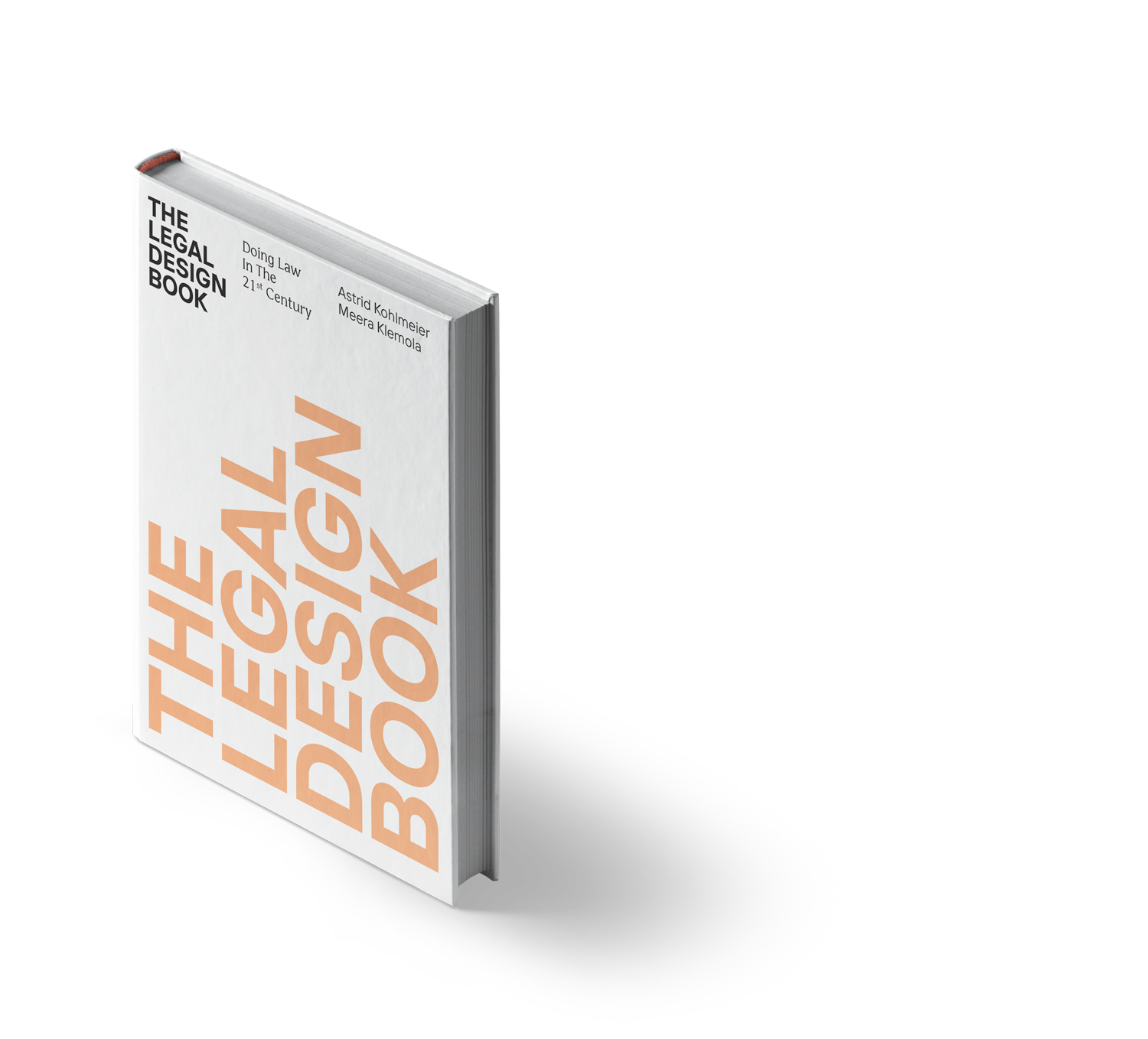The Art of Pivoting
The Art of Pivoting

Do not fall in love with your ideas. Observe client behavior and be ready to pivot.
YouTube, Slack, Shopify and Yelp. Aside from being some of the most notable global companies, what else do they have in common? The answer is: the pivot. Each of these companies has successfully pivoted from its initial business model, product and value proposition to create the giant brands that we all know and use today.
In the realm of business, a pivot, or “pivoting,” is commonplace. It refers to a change in business trajectory, usually inspired by noteworthy consumer behavior. Pivoting is not common in legal business. If it were, most law firms would have observed consumer trends towards digitization and digitalization and focused a large portion of their resources on building their connected services offering to grow a new, more scalable and automated revenue stream at least a decade ago. One reason law firms have failed to pivot or quickly adapt to changing client trends in the market is because they rarely commit resources to a vital function called experience design.
Law firms need experience design functions
The most successful and iconic global players, like Apple, PepsiCo and Procter & Gamble (P&G), invest in design. They invest in design not just in terms of form and aesthetics, but also in terms of strategy. Experience design is a crucial aspect of designing any successful product or service.
Experience designers focus on observing client behavior, understanding what drives client decision-making and providing the client voice to internal decision-making processes. In the design teams at iconic companies, you will not only find user experience (UX) designers, industrial designers, illustrators and animators, you will also find people who work on experience design. These experts bring skills such as strategic design, design research, psychology, ethnography and explicit education in human-centered design to the organization.
Innovative law firms still tend to focus mainly on tech
We have encountered some advanced law firms that have appointed innovation heads or created innovation teams, but their task is usually focused on technological advancement within the firm. Who is taking care of designing the legal experience? We advocate that law firms should not only appoint innovation and tech teams, but also form experience design teams to champion truly client-centric strategies.
The experience design team’s purpose is to holistically assess the ecosystem and represent the voice of the client to ensure that every piece of technology created by the legal tech team, or every new initiative founded by the innovation team, or every business strategy decided on by management is aligned with client needs, motivations and expectations. This ensures that the legal firm is making informed decisions aligned with both client preferences and business goals. It also enables legal businesses to quickly assess whether a pivot is required, spot new trends and introduce new revenue streams to their existing services ahead of client requests.
Now, where do you think Yelp would be today if its founders had not been open to pivoting and instead had been fixated on realizing their own idea and vision for what the company should be (irrespective of what customer evidence suggested)?
Let ideas flow and grow
So remember that when it comes to legal design, it is important that you do not allow yourself to become fixated on an idea to the extent that you fail to recognize important cues from clients indicating that a different idea, approach or solution would better suit their needs. Always be prepared to pivot.
Please note:
If you are using our text or parts of it in any way, you must mention The Legal Design Book and us, the authors, Meera Klemola and Astrid Kohlmeier as your source of information.
A new perspective on the legal profession
The Legal Design Book is the go-to guide for practitioners seeking to understand the topic and apply legal design in their daily work. We cover what legal design is, why it’s important and how you can apply it in practice.
